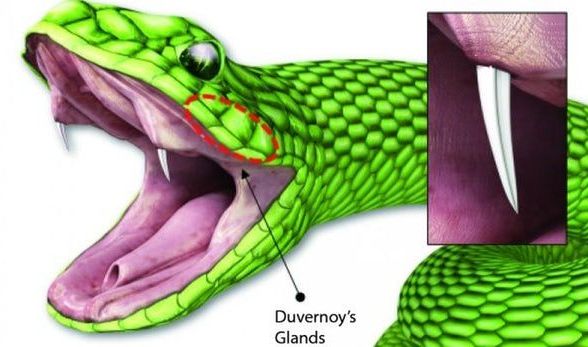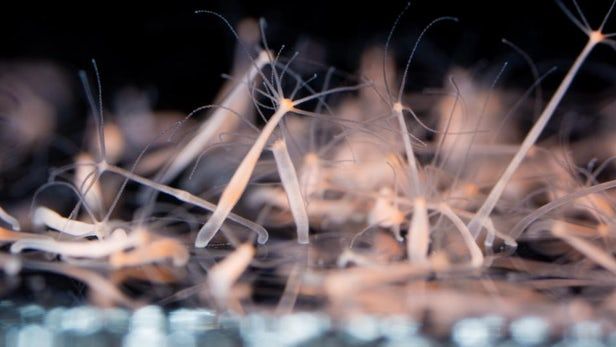Prophet’s “Tempest” specialist weapon is an absolute MONSTER! Check it out!
● All Scorestreaks in Black Ops 3: https://youtu.be/6tPby0YoJA0
● Best Gun in Black Ops 3: https://youtu.be/XWG4XSutBj4
ElGato HD60 is the best capture card out there! http://e.lga.to/tmartn
Amazon Link: http://amzn.to/1uVW8NP
Improve your aim instantly! Use code “TMARTN” to get 10% off KontrolFreeks: http://bit.ly/tmartnkf
5% off Astro Headsets: http://youtu.be/myzgrHGYo0o
My YouTube: https://www.youtube.com/TmarTn
My Second Channel: https://www.youtube.com/TmarTn
My Twitter: http://www.twitter.com/TmarTn
My Facebook: http://www.facebook.com/TmarTn
My Website: http://www.TmarTn.com
ItsAllViral: http://www.itsallviral.com





